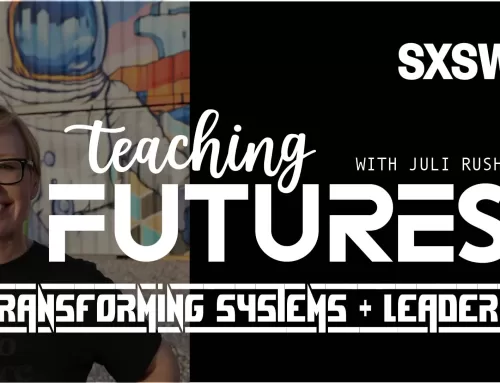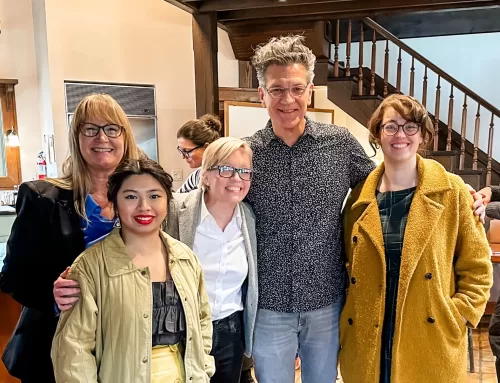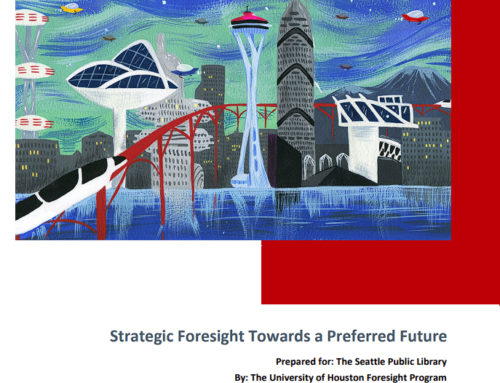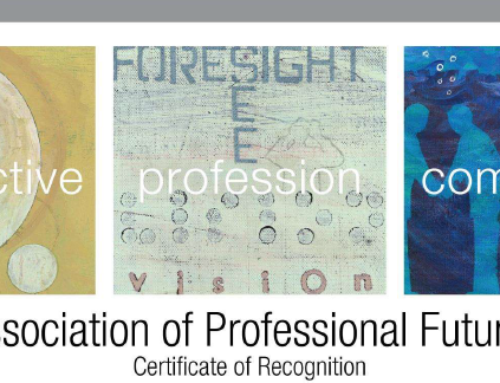Social change theories are basic tools for futurists. New theories that give different perspectives on change interest us. One such theory is David Ronfeldt’s TIMN Societal Evolution Framework.
Ronfeldt created TIMN after studying the rise of multi-organization networks fueled by information technology. These new web-like Network (+N) forms were gaining strength relative to older societal forms (Tribes, Institutions, and Markets).
He found that each emergent organizational form has new capabilities and complexity. The emerging progression of forms is: T, T+I, T+I+M, T+I+M+N. The combination and relative strength of each creates a distinct underlying social organization.
Each TIMN combination shapes thinking, and determines societal dynamics:
“Each form, writ large, ultimately represents a distinctive system of beliefs, structures, and dynamics about how a society should be organized—about who gets to achieve what, why, and how. Each form attracts and engages different types of actors and adherents.” [i]
TIMN acts as a descriptive social modeling framework. It models how a given organization responds to change, and how that organization itself changes when the underlying relationships between its TIMN forms change. Ronfeldt observes that the newer “+N” form is still developing, forcing all the older forms to adjust.
So hang on! We have fundamental +N social changes ahead.
[i] Ronfeldt, “TRIBES, INSTITUTIONS, MARKETS, NETWORKS: A Framework About Societal Evolution”, RAND, 1996




